
International students in class in Australia
PHOTO: AUSTRALIAN EMBASSY IN VIETNAM
Add certificate, change scale requirement
According to a new update released a few days ago by the Australian Department of Home Affairs , to apply for a visa to this country at the present time, applicants, including international students, are allowed to submit more diverse English certificates. From the previous 5 options of CAE, IELTS, OET, PTE Academic and TOEFL iBT, this agency has now expanded to 3 new options: Michigan English Test (MET) from the US, CELPIP General from Canada and LanguageCert Academic from the UK.
In addition, IELTS Academic and IELTS General Training are now registered as two separate tests. This means that there are now a total of nine certificates from eight providers that are recognised for Australian visa applications. However, it is important to note that the new certificates will only be accepted if candidates take the test from 7 August onwards.
Notably, from 7.8 onwards, CAE exam results will no longer be used when applying for a post-study work visa (visa 485) or when proving proficiency in "Functional English", "Vocational English", while MET will no longer be used to prove proficiency in "Superior English". Australia has also updated many changes in the required score scale for old certificates, applicable to those who take the exam from 7.8 onwards.
It is known that in Vietnam, MET and CELPIP have not been officially deployed. Meanwhile, exams under the LanguageCert brand, including LanguageCert Academic, have been organized by Dai Truong Phat Education Group (HCMC) in collaboration with PeopleCert Qualifications (UK) since the beginning of this year. IELTS is co-organized by IDP and the British Council, while the organizers of TOEFL iBT and PTE are IIG Vietnam and EMG Education, respectively.
For the CAE exam, also known as C1 Advanced, candidates can take the exam at one of the Cambridge English authorized test centers in Vietnam.
Increase scholarships for international students, add new regulations
Previously, according to a statement from the Australian Embassy in Vietnam, the Australian government will increase the number of quotas for international students and implement a number of new measures to promote students from Vietnam and other Southeast Asian countries. Specifically, according to the new policy, Australia's national planning level (NPL) in 2026 will be 295,000 international students, an increase of 9% compared to 2025 - equivalent to an increase of 25,000 places.
The NPL program can be understood as the allocation of new international student enrolment quotas at universities, vocational schools and other educational institutions. According to the Australian government, no training institution currently operating will be allocated a lower number than in 2025.
Notably, Australian public universities can apply to increase their international student quota for 2026 by demonstrating closer ties with the Southeast Asian region, through training programs, partnerships, training facilities, alumni networks, scholarships. At the same time, universities must provide more student accommodation to ensure both domestic and international students have safe and suitable places to live.
The Australian Government also encourages educational institutions to increase cooperation with the Southeast Asia region, in line with Australia's Southeast Asia economic strategy to 2040.

Parents and students listen to Australian university representatives advise on studying abroad
PHOTO: NGOC LONG
In addition to the above moves, according to an official statement from ministers in the Albanese government, the Australian Department of Home Affairs also plans to replace Directive 111 with a more suitable directive for 2026.
Currently, the Australian student visa review process is being carried out under Directive 111. Specifically, the Australian government will prioritize the processing of student visas for each school until the school reaches 80% of the new student quota as stipulated in the NPL program. Once a school reaches 80% of its quota, it will be placed at the back of the queue to give priority to any unit that has not reached 80% of its quota.
In addition, according to the Australian Consulate General in Ho Chi Minh City's recent response to Thanh Nien , from 2026, international students transferring to public universities from high school in Australia or from affiliated units (pathway providers) or public vocational schools (TAFE) will be exempt from NPL quota, in addition to a number of other groups including students studying high school in Australia; recipients of Australian government scholarships; students studying in joint training programs in Vietnam.
Another notable point is that from 2027 onwards, the Australian Tertiary Education Commission will have the opportunity to monitor growth controls in tertiary education if the relevant bill is passed.
All of these steps are aimed at ensuring that Australia's international education sector remains high quality, resilient and globally competitive, the document stressed.
"International education is a hugely important export industry for Australia, but we need to manage its growth sustainably. The new NPL will provide the industry with certainty to continue to provide high-quality educational experiences for international students, while addressing national priorities," Australian Education Minister Jason Clare said in an official statement.
According to data from the Australian Department of Education, there were 723,265 international students in the country as of April, of which 33,378 were Vietnamese, ranking fourth after China, India, and Nepal. Victoria is the state with the largest concentration of Vietnamese international students with 13,548 people, and in top universities, the number of Vietnamese students and researchers also accounts for a significant proportion, such as about 600 people at the University of Melbourne, 400 people at the University of Adelaide, or in the top 10 at the University of Queensland...
Source: https://thanhnien.vn/uc-mo-rong-co-hoi-xin-visa-cho-du-hoc-sinh-185250804171204375.htm


![[Photo] General Secretary To Lam and National Assembly Chairman Tran Thanh Man attend the 80th Anniversary of the Traditional Day of the Vietnamese Inspection Sector](https://vphoto.vietnam.vn/thumb/1200x675/vietnam/resource/IMAGE/2025/11/17/1763356362984_a2-bnd-7940-3561-jpg.webp)

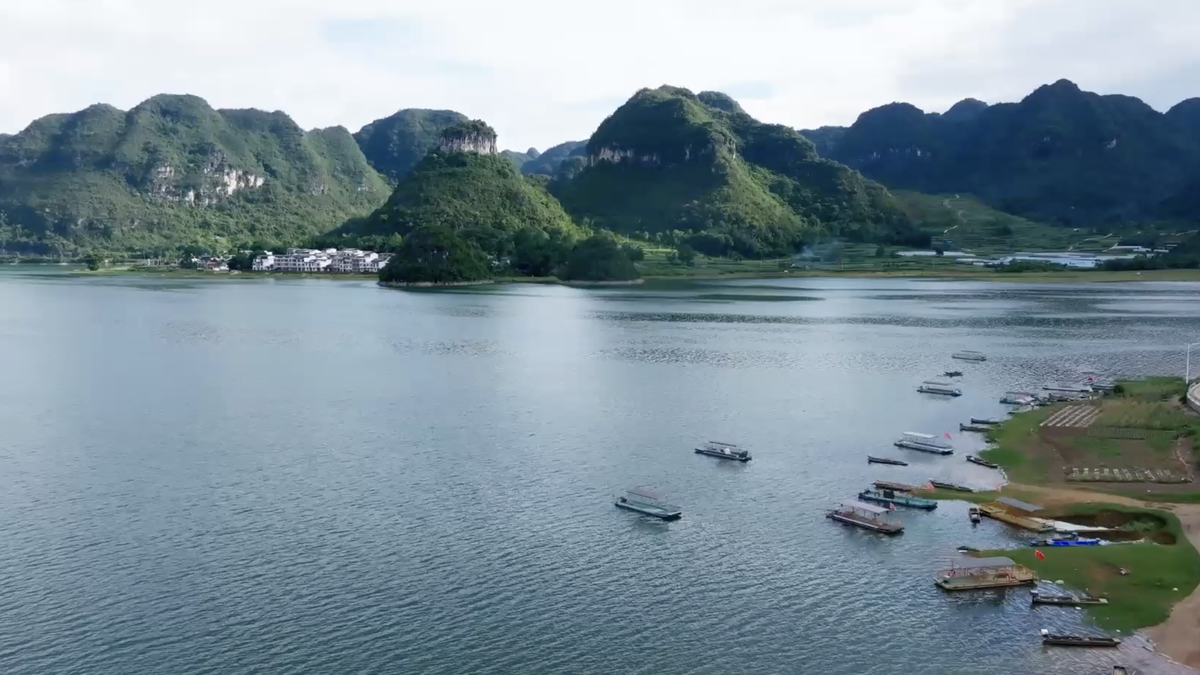



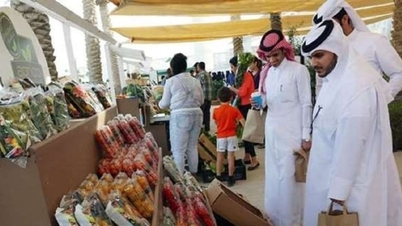




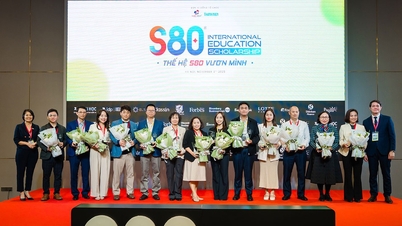
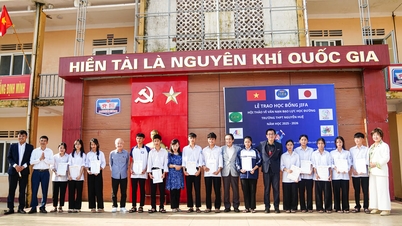

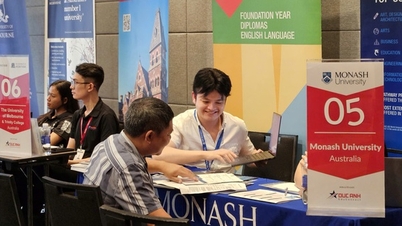





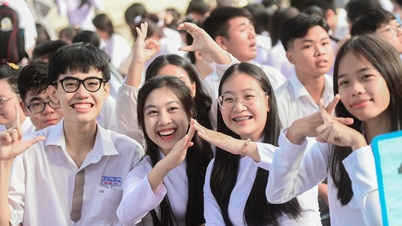







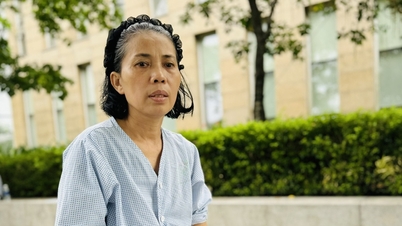
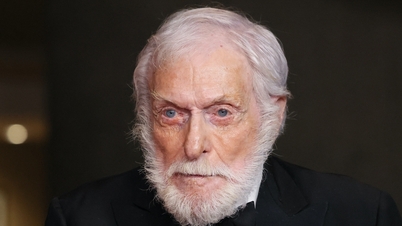

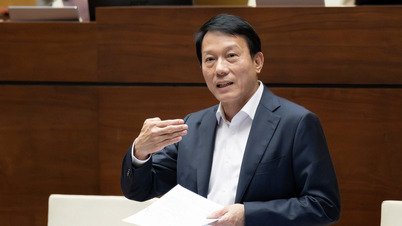
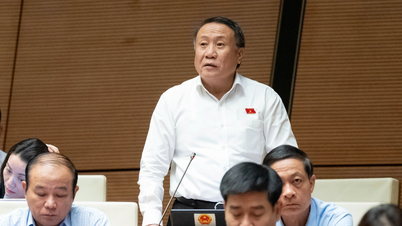
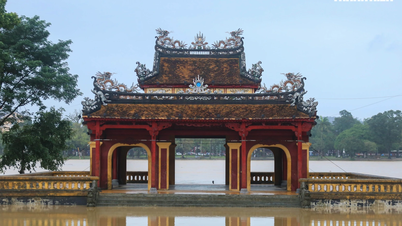


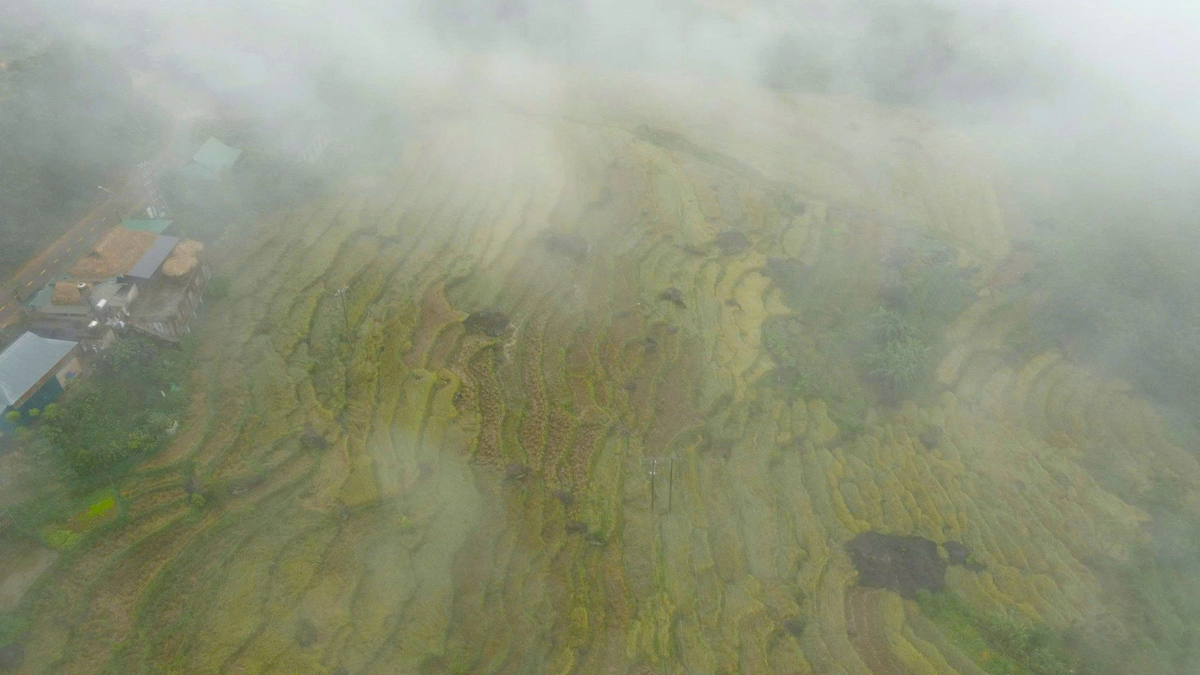
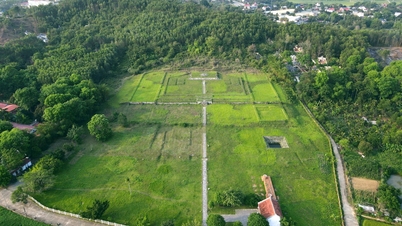





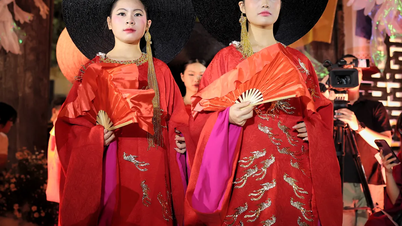



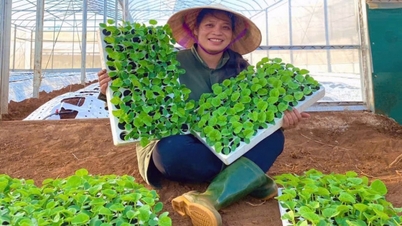

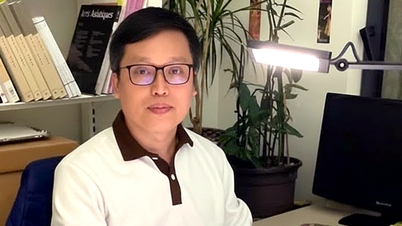



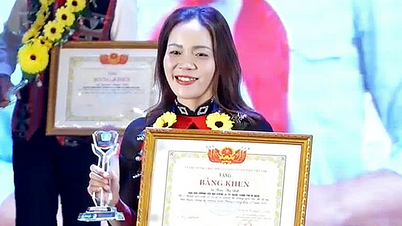





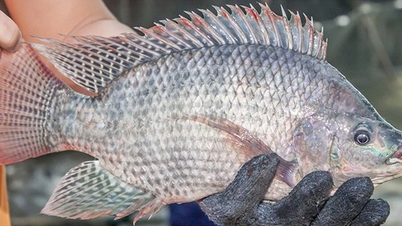











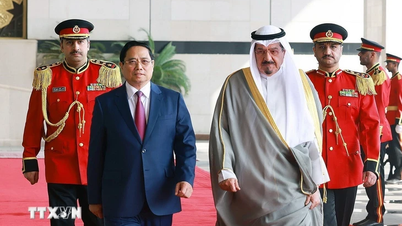
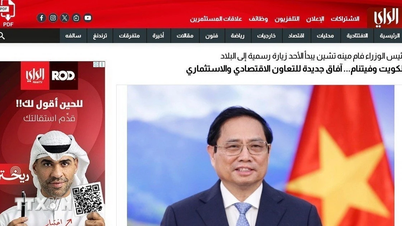




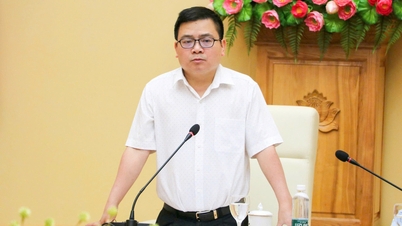



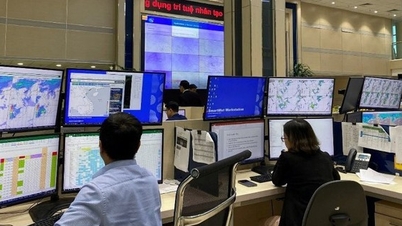

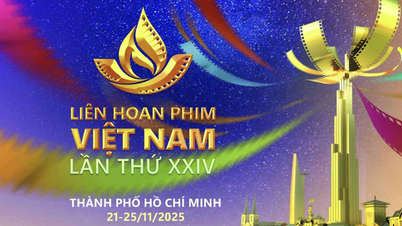




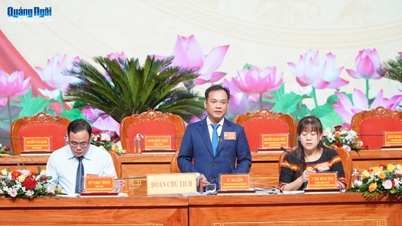




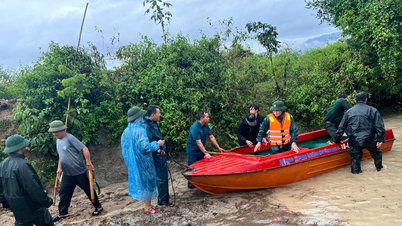

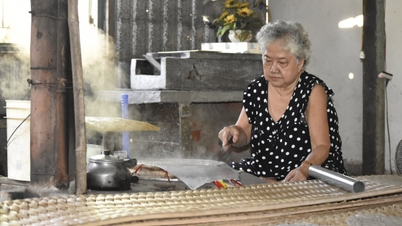

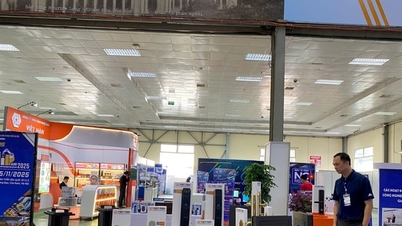
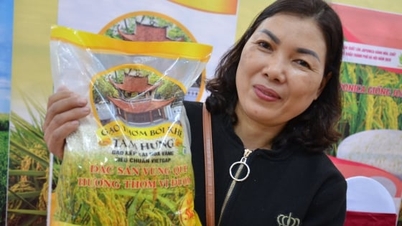


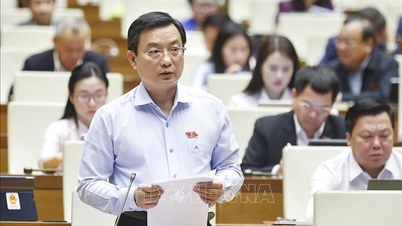





Comment (0)